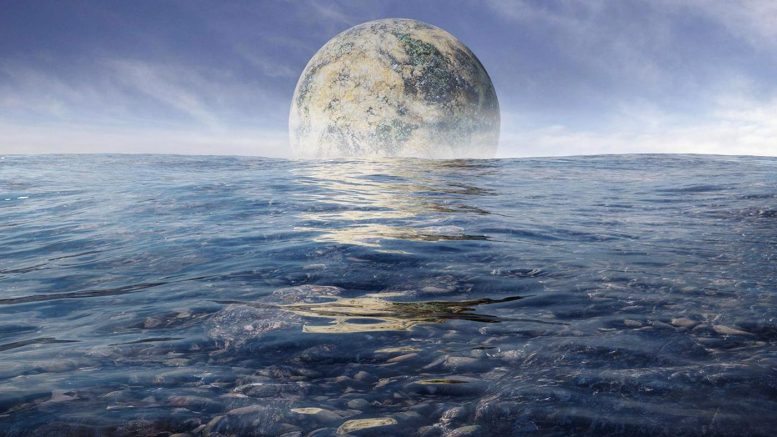
Exoplanet ocean currents may follow a pattern that scientists can use to track down life outside of our solar system.
In search for alien life, planets exactly like Earth may not be best places to look, study finds.
Researchers across the globe have long tackled the question: Is there life on other planets, and if so, how do we find it? Faced with thousands of planets to explore beyond our solar system, scientists need a way to predict which exoplanets are most likely to host life. To complicate matters, their predictions have to be based on observations that can be made from light-years away—like the exoplanet’s size, mass, and the makeup of its atmosphere.
In a recent publication in The Astrophysical Journal, University of Chicago planetary scientist Stephanie Olson presented a new model that predicts how the circulation patterns of oceans can impact the favorability of life on that planet. These factors can guide scientists on the search for life on other worlds, and the researchers’ findings suggest that looking for a planet exactly like Earth may not lead us to the most likely places where alien life exists.
“The small amount of previous work on exoplanet oceans focused mostly on their climate impact,” said co-author and UChicago associate professor Dorian Abbot. “This study starts the process of assessing the impact that ocean circulation has on nutrient cycling, biological productivity, and, potentially, the detectability of life on exoplanets.”
Circulation patterns can have a dramatic effect on the viability of life in the ocean. The majority of life in the ocean on planet Earth exists within the top layer, which receives sunlight to support photosynthetic organisms and exchanges gases with the atmosphere. This mixed layer continually loses nutrients to the deeper, stiller regions of the ocean as dead organisms are pulled down by gravity.
The return of these nutrients to the life-supporting mixed layer depends on a process known as upwelling. Upwelling occurs in specific locations where wind causes surface waters to diverge and deep waters flow up to replace them, bringing with them the nutrients that fuel life.
“If you look at life in our oceans, it is overwhelmingly concentrated in regions where there is upwelling,” said Olson, a T.C. Chamberlin Postdoctoral Fellow in the Department of Geophysical Sciences.
Olson used a model to explore how small changes in observable traits, such as a planet’s size or rotation rate, can dramatically impact the amount of upwelling in an exoplanet’s ocean and thus favor or disfavor life at the ocean surface.
“We found that planets that rotate slower than Earth, have higher surface pressure than Earth and have saltier oceans than Earth may all experience greater upwelling. That might lend itself to more active photosynthetic life and that may ultimately manifest as more detectable photosynthetic life,” Olson said. “Those are the types of planets that we should prioritize for life-detection studies, and those are the types of planets where if we don’t find life, the non-detection might be more meaningful.”
These results stand in contrast to the general opinion on exoplanet prioritization: that our best chance for finding life will be to locate an exoplanet with as many Earth-like features as possible.
Circulation patterns can have a dramatic effect on the viability of life in the ocean.
“This study motivates expanding our search beyond Earth analogues and considering whether or not there might be planets that may be better hosts for life than Earth itself,” Olson said.
In particular, Olson found that some features of exoplanets that differ from Earth may lead to more gas signatures of biological activity in the atmosphere—such as oxygen and methane—making life on these planets easier to detect from afar.
In addition to informing the search for life on other planets, Olson’s model also may provide information about the ocean circulation patterns on Earth and provide insight into both the past and future of life on our planet.
Over the course of Earth’s history, the rotation rate, surface pressure, and brightness of the sun have changed. Olson’s model suggests that all of these changes have increased upwelling through time and may have driven life to flourish in our oceans.
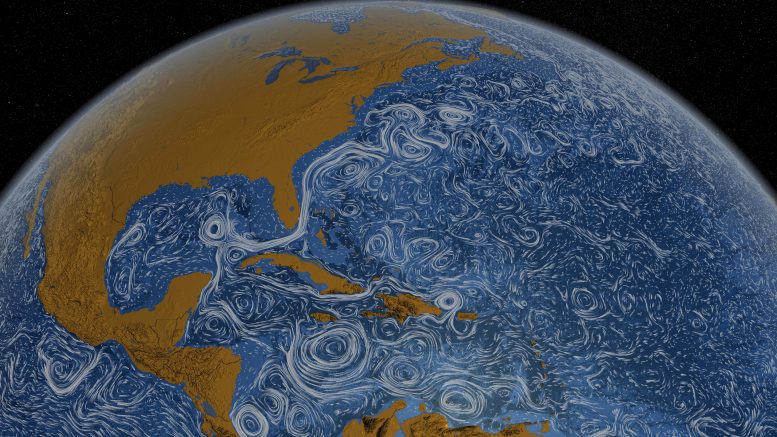
A visualization of the ocean surface currents of the Gulf Stream. Credit: NASA/Goddard Space Flight Center Scientific Visualization Studio
Additionally, Olson was surprised to find that an increase in salinity—the amount of salt dissolved in our ocean—can dramatically affect the Earth’s climate. Her model found that if we were to double the amount of salt in our ocean, it would cause all sea ice to melt and lead to 6 degrees Celsius warming of the planet.
“If a factor of two salinity difference is that important for planetary climate, ocean salinity is something that we really need to be thinking about in terms of the climate evolution of our own planet,” Olson said.
Olson’s model predicts this and other surprisingly pronounced changes in ocean circulation and climate by subtly modifying the characteristics of an Earth-like planet, one parameter at a time. There is potential for more dramatic impacts if parameters are changed in tandem to more accurately reflect how an exoplanet’s characteristics may differ from Earth, opening up nearly limitless scenarios to explore.
“Oceans are really dynamic habitats, and we have just scratched the surface here,” Olson said. “My vision is that people will get excited about this and keep working and exploring even more exotic possibilities.”
Reference: “No Snowball on Habitable Tidally Locked Planets with a Dynamic Ocean” by Jade H. Checlair, Stephanie L. Olson, Malte F. Jansen and Dorian S. Abbot, 16 October 2019, The Astrophysical Journal.
DOI: 10.3847/2041-8213/ab487d



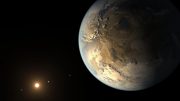
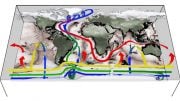

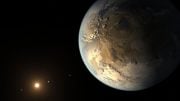


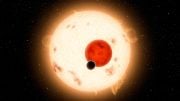
Be the first to comment on "Ocean Circulation May Hold the Key to Finding Alien Life on Exoplanets"